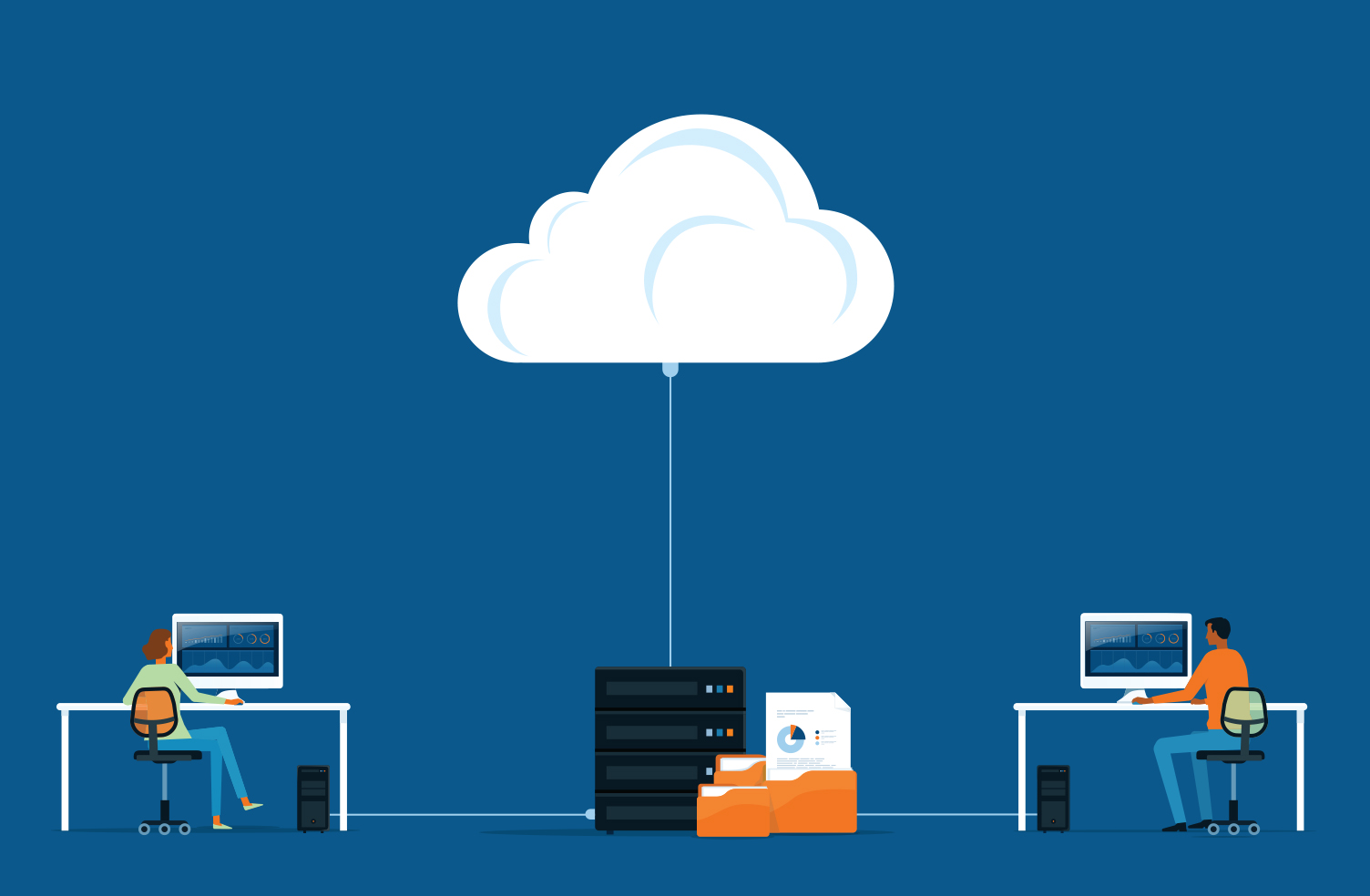
Not only are your business phone systems tied to your broadband, so is almost all the data your company processes on a daily basis. That makes broadband essential. It’s just as important as the electricity running through the walls.
Most people think broadband is broadband. As an at-home consumer, I can rarely tell the difference between cable access, router access, and mobile tower access. But when you’re multiplying that usage by a dozen or a hundred or more, it starts to make a big difference.
Think about it this way. Cable broadband capacity is split as many ways as there are users. The more usage, the slower things get. And its not just your own business that slows things down. The organizations around you use the same capacity you do.
The problem is worse with a router. The router is connected to the cable, which is already limited. Then the wireless signal is split among all the wireless users. Think about that for a moment. Doesnt sound efficient, does it?
And then there are those towers. We all know what its like to have no signal or a low signal. Try running your business off that kind of connectivity.
There is one broadband solution that offers optimum connectivity. With fiber-optic cable, it can take minutes to download what used to take hours.
Basically, fiber-optic cable is made out of very thin strands of glass bunched together in cable. The fiber-optic cables are laid in the ground like piping, providing safe, secure, exceptional Internet upload and download speeds.
But theres a catch. Fiber-optic cable is considered an infrastructural investment. Unfortunately, the U.S. is falling way behind in building the fiber-optic infrastructure we need to compete globally.
Surprisingly, Korea and Japan are leading the way. The UK hit 172% growth in 2012. The U.S. doesn’t even have a comprehensive broadband policy, let alone a plan to build our fiber-optic infrastructure.
Living in Cleveland, we have an advantage. Case Western Reserve University is conducting a study in the neighborhoods surrounding the university. They hope to show that fiber-optic infrastructure can help communities become better educated, healthier, and more sustainable. But that’s just one neighborhood. The good news is that fiber-optic access is expanding.
If you want fast and reliable Internet connectivity, you need to make the most of your broadband access. You need to go glass!




